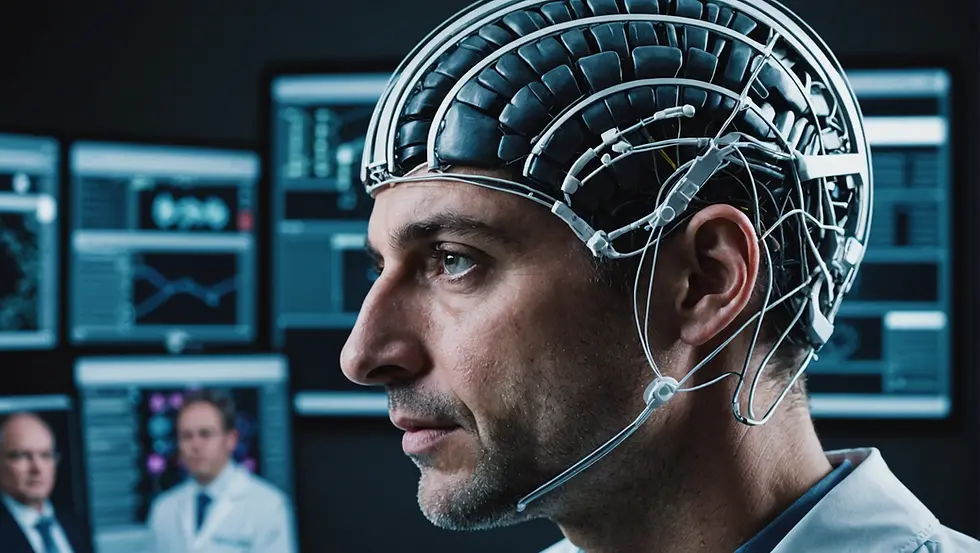Unveiling the Art of Protecting Athletes: Effective Concussion Prevention Strategies in Sports
- khalilah weston
- Oct 1, 2024
- 2 min read
In the world of sports, the thrill of competition comes hand in hand with the risk of injuries, particularly concussions. Athletes dedicate themselves to pushing their limits and achieving greatness, but precautions must be taken to safeguard their well-being. Concussion prevention strategies are crucial in ensuring athletes can perform at their best while minimizing the risk of these traumatic brain injuries.
The Importance of Concussion Prevention
Before diving into specific prevention strategies, let's understand why concussion prevention is paramount in sports. A concussion is a type of traumatic brain injury caused by a sudden blow or jolt to the head, leading to temporary cognitive impairment. In sports, the fast-paced nature and physicality increase the likelihood of head injuries, making prevention strategies essential for the long-term health of athletes.
Strategies to Mitigate Concussion Risks
1. Education and Awareness
Educating athletes, coaches, and parents about the signs and symptoms of concussions is the first line of defense. Recognizing the indicators early can prompt timely intervention and prevent further harm.
2. Proper Equipment
Ensuring athletes have access to high-quality, well-fitted protective gear is crucial. Helmets, in particular, are vital in absorbing impact force and reducing the risk of head injuries.
3. Rule Changes and Enforcement
Enforcing rules that discourage high-risk behaviors can significantly reduce the occurrence of concussions. By penalizing dangerous plays, sports organizations promote safer practices among athletes.
4. Pre-Season Baseline Testing
Conducting baseline neurocognitive assessments before the season starts allows medical professionals to compare athletes' cognitive function post-injury. This aids in accurately diagnosing concussions and determining when it is safe for athletes to return to play.
The Role of Coaches and Medical Professionals
Coaches play a pivotal role in concussion prevention by promoting safe playing techniques and immediately addressing head injuries. Moreover, the expertise of medical professionals is crucial in diagnosing and managing concussions effectively. Collaboration between coaches, medical staff, and athletes is essential in implementing comprehensive concussion prevention strategies.
Conclusion
Concussion prevention strategies are not only about minimizing risks but also about fostering a culture of safety and well-being in sports. By prioritizing athlete health and implementing effective prevention measures, we can ensure that athletes can pursue their passion while staying protected. Together, through education, equipment, rule changes, and collaboration, we can create a safer environment for athletes to thrive in their chosen sports.
Let's continue to support our athletes by equipping them with the knowledge and resources they need to stay safe and perform at their best, ensuring a bright and healthy future for sports at all levels.
Remember, the art of protecting athletes goes beyond the field—it's a commitment to their holistic well-being.




Comments